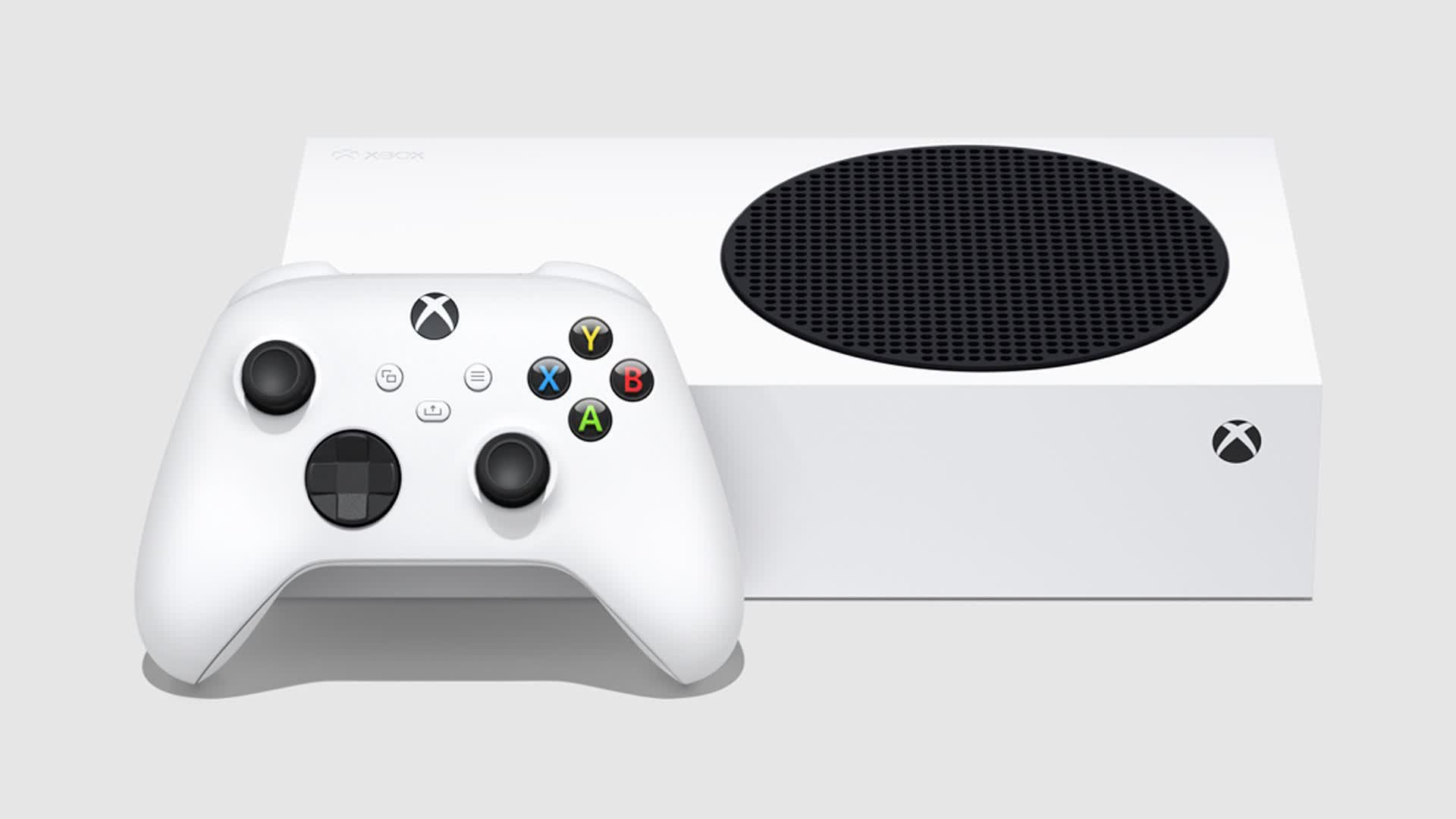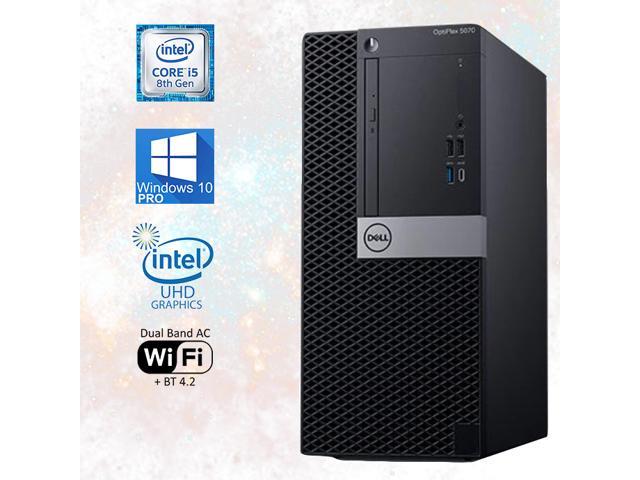On like Donkey Kong: The console war has moved into full swing now that Sony has laid its pricing and launch date cards on the table. From here out, it will be a marketing blitz between the rivals to show potential customers why they have the better system.

Today, Microsoft responded yesterday's PlayStation 5 price reveal by dropping a trailer showing off the "Quick Resume" feature on the Xbox Series S. Quick Resume allows players to move from one game to another in just a few seconds. The company announced the feature back in February, but this is our first look at it in action, and it's pretty impressive.
By way of contrast, switching from one game to another on the PlayStation 4 requires quitting the currently loaded game and starting a new one. Depending on load times, this could take anywhere from 30 seconds to a minute or more, not including the time it takes to load your saved game.
The video shows that on the Xbox Series S, this process consistently takes only seven seconds. Additionally, there is zero save loading. After the game boots back up, you are instantly placed where you left off. It's like pausing your game to play another game, which is what you are doing essentially.
"Quick Resume enables players to seamlessly switch between multiple titles from a suspended state almost instantly, returning you to where you were and what you were doing, without waiting through long loading screens," says Microsoft.
Technically, the Xbox One can do this too, but only with one game at a time. The more powerful hardware in the Series X | S will handle the suspension of multiple games on the fly.
It's going to be interesting watching these two rivals duke it out over the next seven weeks leading up to launch. No doubt, each will have some impressive demos to show us as they trade blow for blow.
https://www.techspot.com/news/86795-xbox-series-s-quick-resume-trailer-shows-how.html

